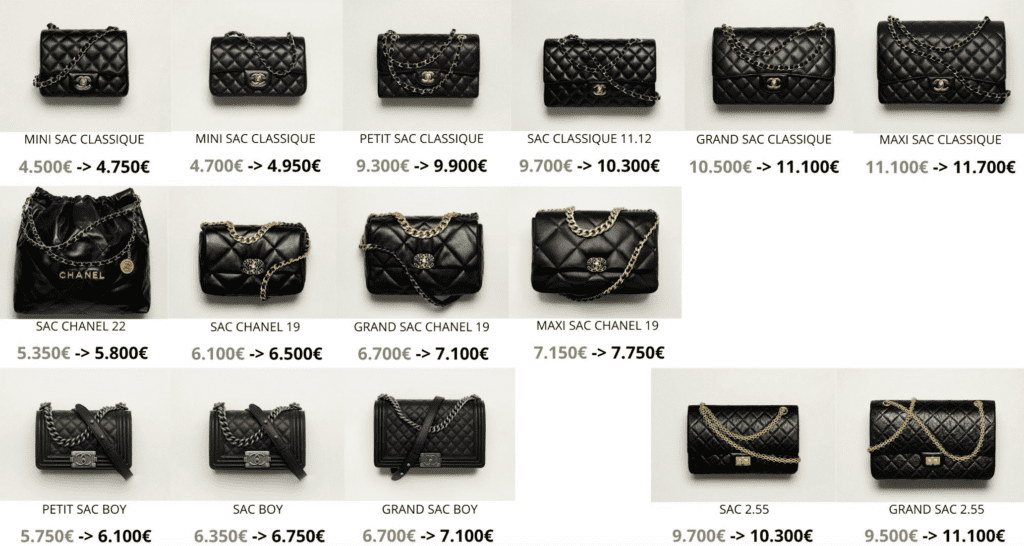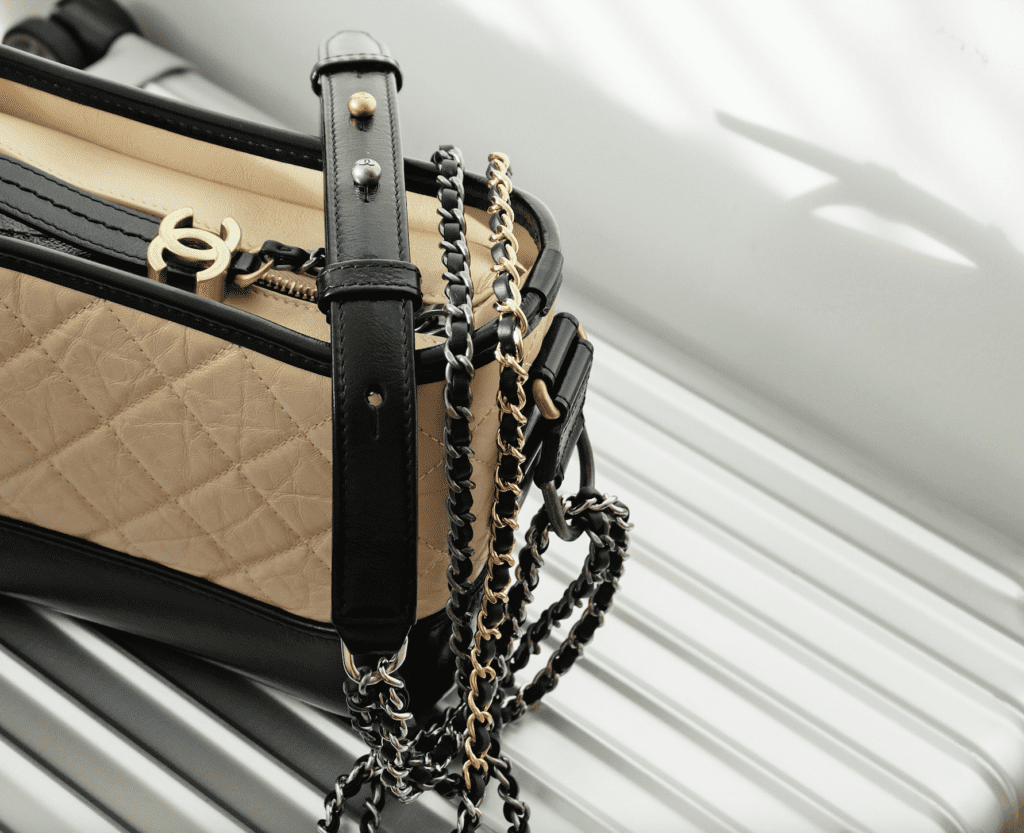Luxury brands continue to implement price increases, with Chanel making headlines this spring for sending the price of its coveted Flap bag beyond €10,000 in at least one market and Hermès announcing that it would lift prices by between 8 and 9 percent across the globe, which caused the price tag on Birkin bags to jump by more than $1,000. At the same time, prices of Prada bags and those from Dior and Louis Vuitton, among others, have continued to rise in recent years, and Rolex very recently revealed that it would elevate prices for some of its watches for a second time in 2024.
The reason for the enduring price increases from companies in the luxury segment is often nuanced. Primarily, these price hikes enable companies to cover costs on their end – from the rising price of raw materials and labor to price-specific impacts of enduring supply chain disruptions and corresponding shipping expenses.
Hermès, for one, has repeatedly stated that it only increases prices to offset higher manufacturing costs, and this spring, Chanel’s management cited “the most sophisticated, the most exceptional quality” of its offerings as contributing to the rising price of its handbags. At the same time, Chanel’s chief financial officer, Philippe Blondiaux, has stated that the company “augments” prices on a biannual basis “to account for currency fluctuations and inflation” (i.e., to ensure its prices are harmonized across different markets).
Prices but also Positioning
But there may be more to the broad increases coming out of the luxury goods segment than rising costs and efforts to ensure that striking price gaps do not exist between markets. At least part of strategy behind the steadily increasing price tags of luxury goods is an attempt by brands to reposition themselves – or at the very least, maintain their positions in the luxury sphere.
Chanel’s increases have seemed like an attempt (at least in part) to inch up to the tippy top of the totem pole in the luxury goods segment. After all, “Higher prices communicate the prestige of a brand,” says Karl Cassey, co-founder of luxury-focused consultancy MŌDUM. Increases also stand to “make these products [more] desirable, with higher prices driv[ing] higher demand.” In 2020, Chanel’s handbags “saw a price jump of almost two-thirds since late 2019, [and] these are not just small increases; they’re carefully strategized to bolster brand prestige and market position, distancing [themselves] from more broadly accessible – and potentially struggling – luxury brands.”

Meanwhile, Hermès may feel pressure to “defend its reputation as the maker of the world’s most expensive handbags,” the Wall Street Journal’s Carol Ryan wrote this spring, noting that the “Birkin premium” – or the price difference between the Hermès bag and its closest competitor, the medium size Chanel Classic Flap – shrank from 70 percent in 2019 to 2 percent in 2023.
In addition to enabling brands to maintain (or bolster) their positions in terms of exclusivity, these price increases are helping companies to increase revenues without saturating the market with too many products – which is, again, an exclusivity-maintaining effort. In a note in 2022, analysts Flavio Cereda and Kathryn Parker stated that Chanel raised prices of its small Classic Flap bag by “an average of 21 percent in 2020 and a further 30 percent in 2021,” which resulted in a revenue uplift that was “purely pricing driven rather than volume driven.” Fast forward May 2024 and Chanel reported that its sales rose 16 percent on a comparable basis to $19.7 billion in 2023. Again, the jump was due in no small part to price hikes, with Blondiaux confirming that “the breakdown of the 16 percent top-line growth we had in 2023 was 9 percent pricing and 7 percent volume, more or less.”
Is there a limit to luxury’s price increases?
With the foregoing in mind, the question becomes one of whether there is a limit to how much brands can continue to raise prices. While there are distinctions to be made between brands even in the upper echelon of the market (not all luxury brands are created equal in the eyes of consumers and this impacts their individual pricing power), there is almost certainly an inflection point at play. For all but the strongest luxury brands, the potential outcome of such out-of-control prices increases might prompt consumers to boycott, including by looking to competitors’ offerings.
Enduring increases may also serve to reinforce consumers’ growing interest in the secondary market, which many of the biggest luxury brands are still quite cagey about and looking to counter. (Chanel and its lawsuits come to mind here, of course, but so does Rolex, which has opted to bring resale in-house in order to exercise a strong hand in dictating the buying experience in third-party retailers’ stores, the condition of the watches being traded, the terms of these sales, etc.) “If a barely used Prada Galleria bag in excellent condition can be picked up for $1,500 on luxury resale website The RealReal, it is less appealing to pay three times that amount for the bag brand new,” Ryan writes.
Still yet, there is the issue of counterfeits, and the chance that the consistent creep-up of prices will further stoke the fire for infringing goods – among some consumers, at least.
Traditionally, there has been a fine line between consumers in the market for top-tier luxury goods and those looking for fakes. However, that once-clear-distinction has dimmed a bit in recent years for a host of reasons – ranging from the influx of “super fakes” (i.e., bags that aim to rival the quality of the real thing and that come with price tags that reflect such increases in craftsmanship) to the rise in “dupes” and the corresponding shift in narrative around counterfeits, which has seen younger consumers reject the stigma of acquiring and toting counterfeits. Against this background, brands may be setting themselves up to fuel demand for fakes, marking yet another potential effect of rising prices.
Even with such risks in mind, at least some brands do not appear willing to slow their roll when it comes to increasing price tags.











